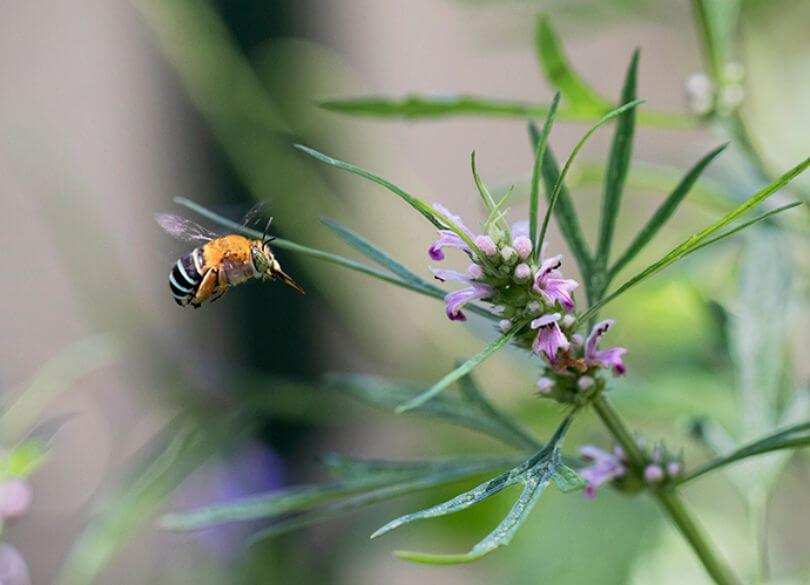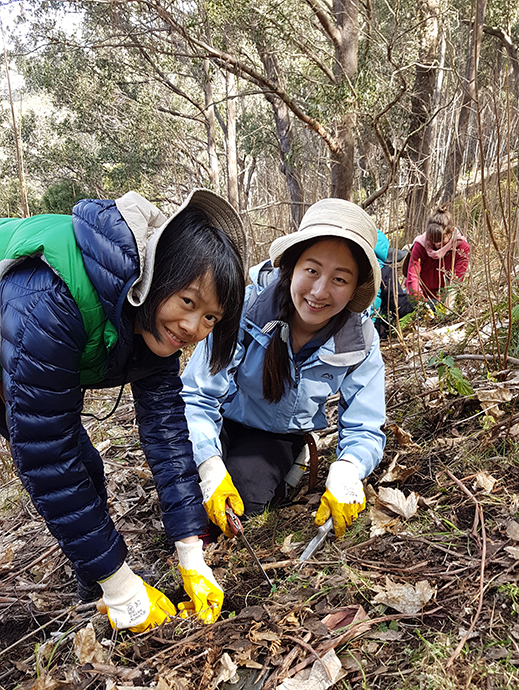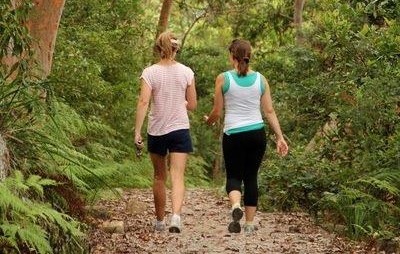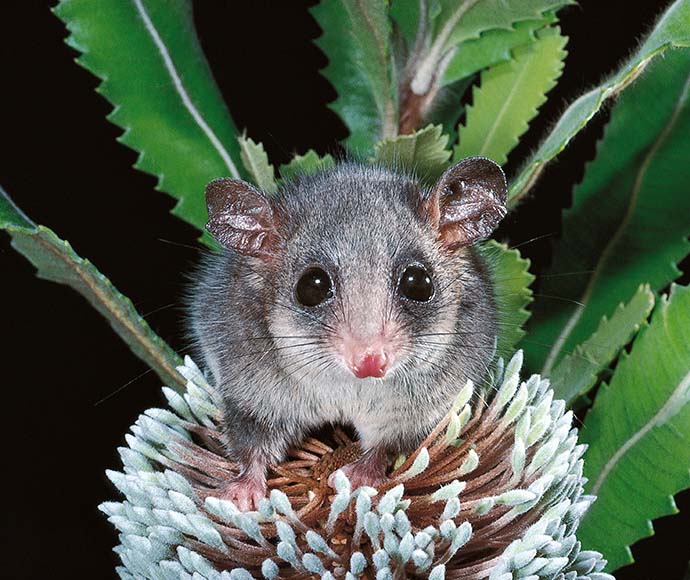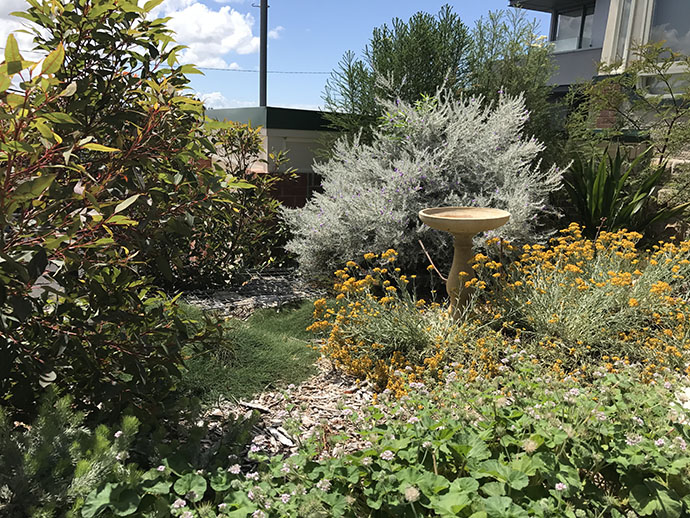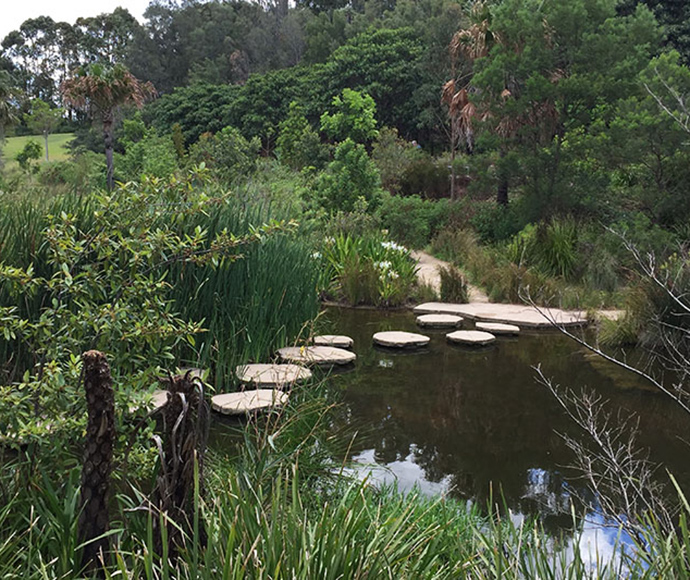Sydney Nature highlights the incredible variety of native plants and animals across our city and the many benefits they provide. It shows practical ways people are helping nature thrive alongside the diverse communities that call Sydney home. Learn more and share the actions you can take across balconies, backyards and neighbourhoods.
Sydney has a rich variety of native plants and animals. Learn about what you can do to support native plants and animals that live near you.
We are happier, healthier, wealthier and smarter around nature. Learn about the benefits a healthy environment can provide – especially important when you live in Australia’s largest city.
Many native animals and plants, including threatened species, live in and around Sydney. Find out who they are, where they live and how you can support them.
Learn how to create nature friendly gardens and neighbourhoods to support Sydney's biodiversity.
Connectivity of green spaces is important for conservation across a city. Find out about urban ecology and how you can help Sydney's communities and nature thrive.
